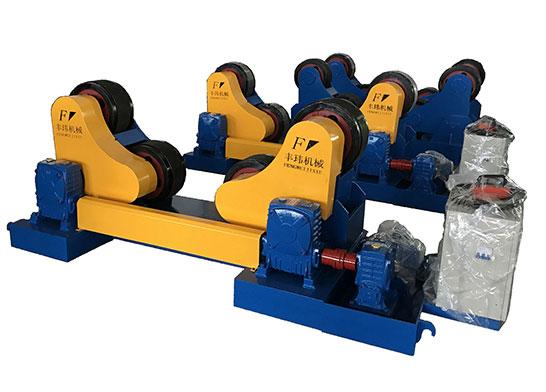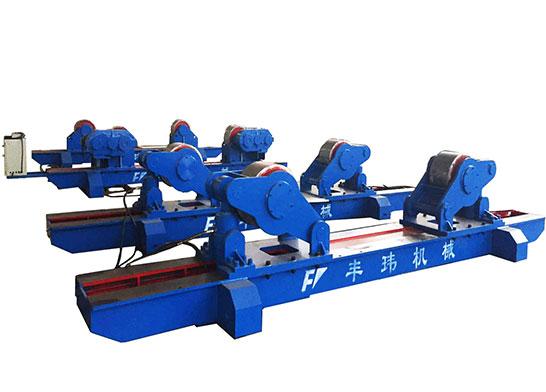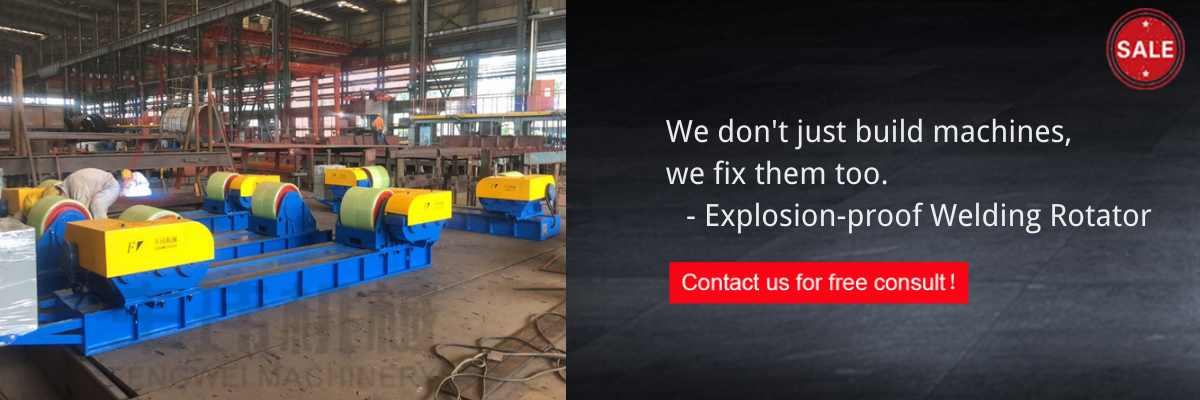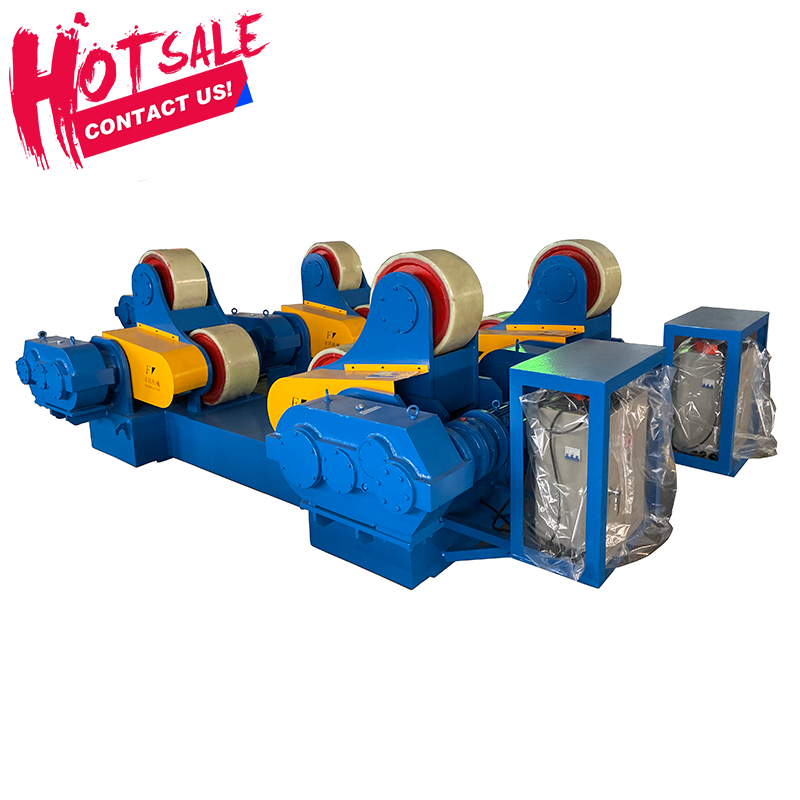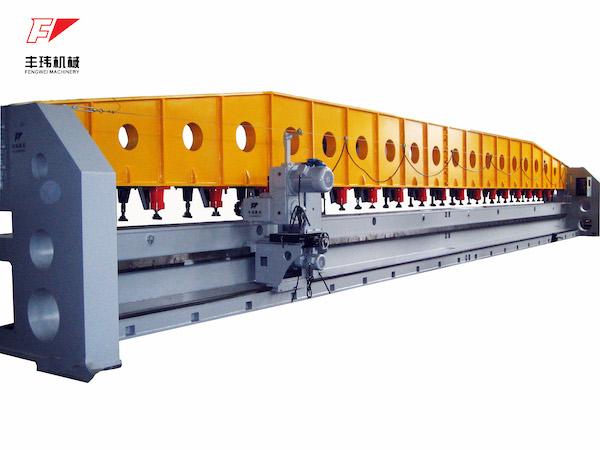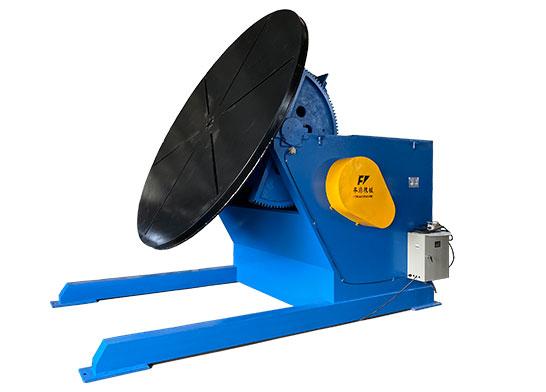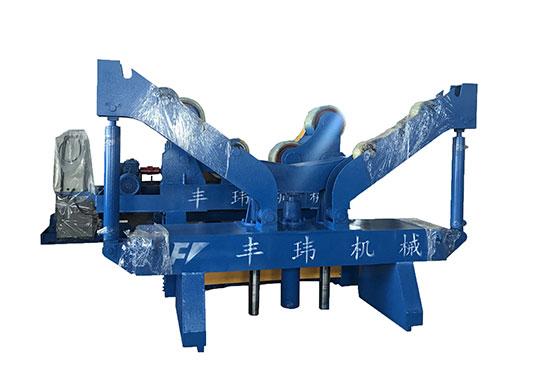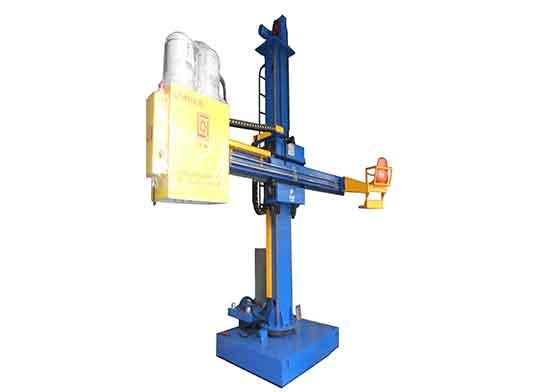Many factories in the welding of the large workpiece, want to through the human carrying workpieces is impossible, only to seek external things. At this time, it is necessary to manufacture some excellent workpiece conveying group pair devices, welding Rotator is one of the most high-quality auxiliary equipment, it can save time and effort accurate installation.
Welding Rotator is a kind of welding auxiliary products, general factories often use it to weld cylindrical, or seems to be similar to some conical workpiece welding equipment, welding Rotator has an important role in the welding equipment automation industry, is an important auxiliary mechanical equipment in the field of welding equipment. We all know that different types of workpieces use different welding rotators. However, there are various types of welding rotators, among which the most common are self-adjusting welding rotator, adjustable welding Rotator, flat car welding rotator, inclinable welding rotator, and other types. They are the circular workpiece welding, polishing, assembly, and other operations in the indispensable mechanical equipment.
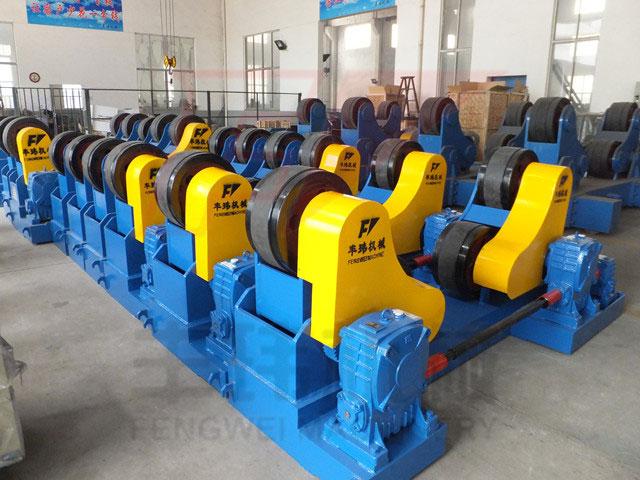
In addition, welding rotator is also important welding auxiliary equipment in the modern industrial manufacturing industry, so there are certain technical requirements for the use of a welding rotator. Generally, welding is mainly for circular workpieces, so welders need to follow the requirements. The swing angle of the welding rotator wheelset is determined by the diameter of the workpiece, and it can be adjusted automatically.At the same time, the welding Rotator can also automatically adjust the welding center. When combined with the welding manipulator and welding positioner, the welding rotator can complete the internal and external longitudinal joints and internal and external circular joints of the welding workpiece.
In addition, our welding rotator also has low transmission noise, stable rotation of the workpiece, and can complete welding, polishing, glue lining, and assembly of the cylindrical cylinder. In terms of roller speed, it also has a stable/uniform speed. The rotation speed of the roller, the digital adjustment and display technology, and the setting of the welding speed are all tested by the engineers in detail to ensure the accuracy of the data and reduce the operation difficulty of the workers. The manufacturing and assembly accuracy of the welding rotator must meet the requirements of grade 8 in national standards. The welding rotator needs to be made of high-quality steel. For example, the base of the welded structure must be stress-relieved heat treatment after welding. For some non-circular long welding parts, it can be stuck in the special ring clamp, also can be welded on the welding rotator operation.
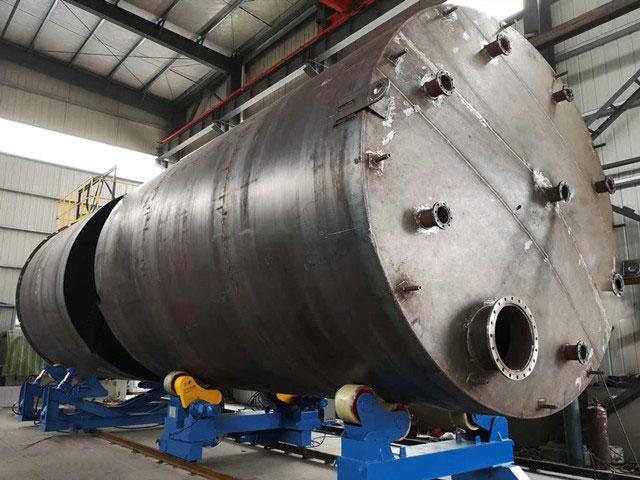
The above are the technical requirements of the welding rotator. A high-quality welding rotator must have the above functions to complete the welding operation more conveniently, faster, and more efficiently in use. Adjustable welding Rotator and adjustable welding Rotator are different types of the positioner, so the technical parameters are different and the range of use is different.
The following are the considerations for installing a welding Rotator:
(1)Welding Rotator before installation, the equipment foundation must be well prepared to ensure that the installation position of the equipment is at the same level;
(2)During the installation of the welding rotator, the equipment shall be installed and fixed according to the installation requirements of general equipment. Expansion bolts can be used to fix the equipment (or a pressing plate can be used to fix the equipment). The two groups of rollers must be placed in parallel with the same center and ensure the integrity of each part of the equipment.
(3)After installation, check whether each part of the equipment meets the assembly requirements, and ensure the normal electrical wiring of each part, check and clean the periphery of the equipment to ensure that the equipment can work normally without obstacles. Power on the equipment only after several tasks has been successfully completed.
Note: If the equipment is powered on and starts with noise and vibration or the roller is not synchronized, it needs to be powered off for troubleshooting.

 русский язык
русский язык

 EN
EN